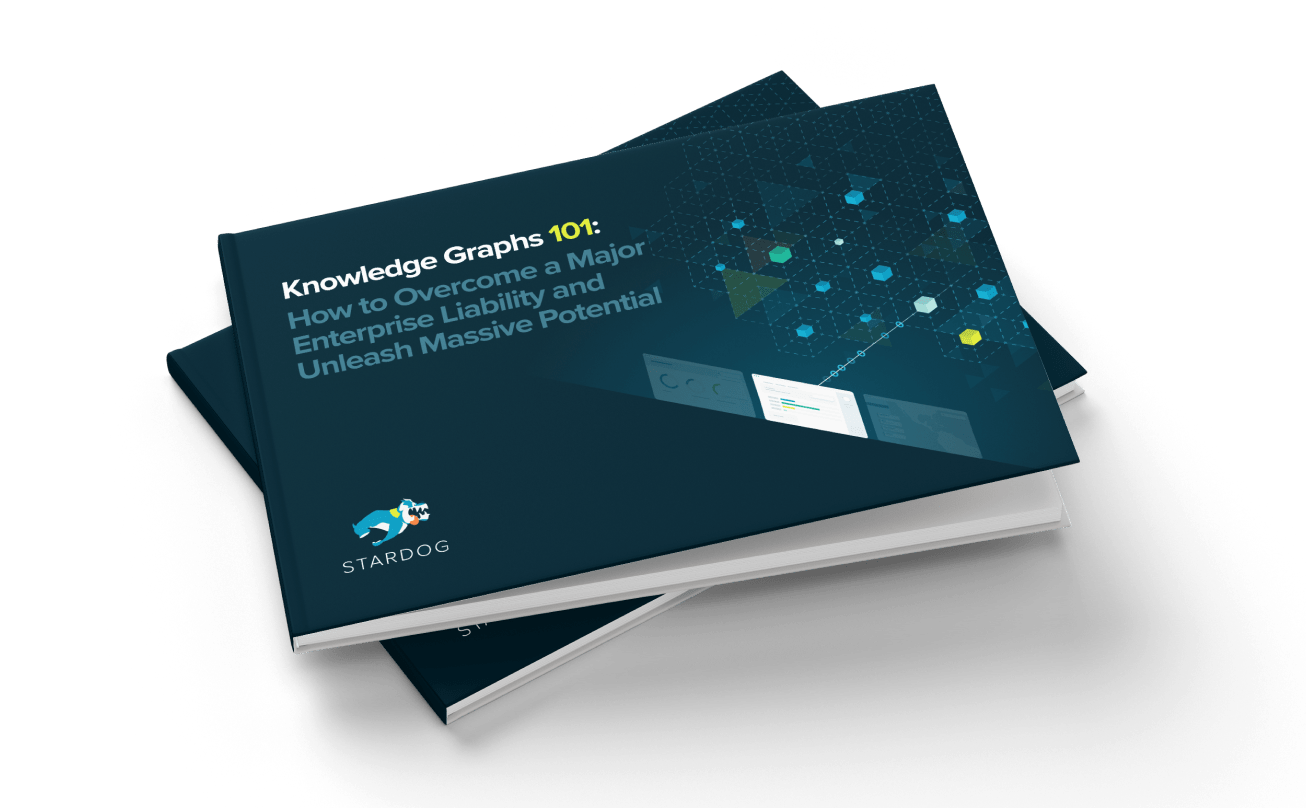Is your data ready for Gen AI? Five Data Adoption Trends in Financial Services Happening Now!

Get the latest in your inbox

Get the latest in your inbox
As in most other industries, the financial services world is increasingly recognizing the importance – and value – of significantly improving they ways the gather, store, manage, and utilize vast amounts of data. While comprehensive state-of-the-art data architecture that flows across governance, through stewardship and data management, may be aspirational for many firms at this point, there is a strong focus on adopting significant improvements. Those include enhancing data quality programs, adopting semantic architectures, and ensuring data is ready for GenAI use cases.
Each financial services firm I’m currently communicating with is at a different level of maturity with their data management. But it’s clear that better and easier access to data – without compromising security – remains a core focus for all of them. My recent interactions have surfaced five broad trends that financial services firms are either seriously considering, or rapidly adopting, right now.
The cloud movement started several years ago, but big financial services organizations are finally moving heavily in this direction. Most of the clients we speak to focus on either SaaS or Private Cloud solutions, with the goal of reducing their internal infrastructure costs. Specific to data, usage of Snowflake and Databricks continues to increase, along with cloud-enabled versions of common databases such as PostgreSQL.
I see this trend continuing as firms look for more ways to shrink hardware and operational costs, a consistent area of cost reduction pressure in banks. This will work well for firms as they move to adopt common data lake platforms as part of their shift to lake house architecture. Which leads us to…
As firms continue to add and build transactional systems, add databases, and generate files, making sense of data is a significant challenge. To meet that challenge, many firms are adopting a data lakehouse architecture approach. In a data lakehouse, structured, semi-structured, and unstructured data are collected into a master lake that provides governed data for BI, AI, and application use downstream.
Many financial services organizations are specifically focused on navigating semi-structured and unstructured data. They generally see unlocking data from these sources as an untapped capability for differentiating data. This remains a struggle for most firms, and it’s generally seen as a complex technical challenge that will take years to solve effectively, despite many making some significant strides in 2024.
Because business users and business context are still locked within data catalogs and complex database structures, establishing data lakes and governance often isn’t enough. To solve this problems, many firms are working to adopt a lakehouse-driven semantic layer or knowledge-graph layer to deliver understanding to data. By creating an “ontology”, or a map of the business logic in this layer, the data becomes much more understandable to business users. This enables them to work with data direction, and without the need for typically required IT support to navigate the data landscape.
Additionally, ontologies can be leveraged to establish data restraints to ensure data in the ontology layer are high quality, and have strong contextual rules that ensure consistency. This part of the architecture is where Stardog spends most of our time with clients.
With the rise of tools like ChatGPT, financial services executives have been aggressively making a push to leverage similar AI approaches to democratize access to business data for line workers and associates. Firms with strong data architectures and established semantic layers and knowledge graphs are uniquely positioned to make this a reality, while firms with poor data are struggling with AI adoption.
The largest challenge democratization presents is ensuring data security, while also providing sufficient high-quality, consistent data for consumption. Firms with strong data pipelines can move quickly to adopt GenAI tools that gain user adoption, improve self-service reporting, and establish data products for consumption within the firm. At the same time, those tools provide the ability to perform robust analytics across several data sources, unlocking deep insights that are typically challenging to obtain.
As financial services firms continue to adopt GenAI and conversational platforms, the adoption of agent-based architecture to further extract meaningful data will continue to expand and evolve. The use of specifically trained GenAI agents, which are specifically trained AI models, will further assist with common business tasks and common operational activities. This, in turn, will further optimize and improve business operations, reducing errors and automating some functions within the business.
As adoption of agents continues, experts on the ground will have more capabilities to optimize and improve general data consistency and efficiency across the enterprise. Additionally, software firms and vendors will continue to embed AI agents in solutions, allowing companies to consolidate multiple legacy systems into modern ones that leverage AI, emphasizing the ongoing need for further infrastructure modernization.
While every financial services organization has unique needs, goals, and resources, it’s clear that the industry shares an increasing understanding of the importance of modernizing their data management approach. As we kick off the new year, we’re focused on monitoring these five trends, looking for what’s to come, and helping forward-thinking organizations maximize the value of their data.
How to Overcome a Major Enterprise Liability and Unleash Massive Potential
Download for free